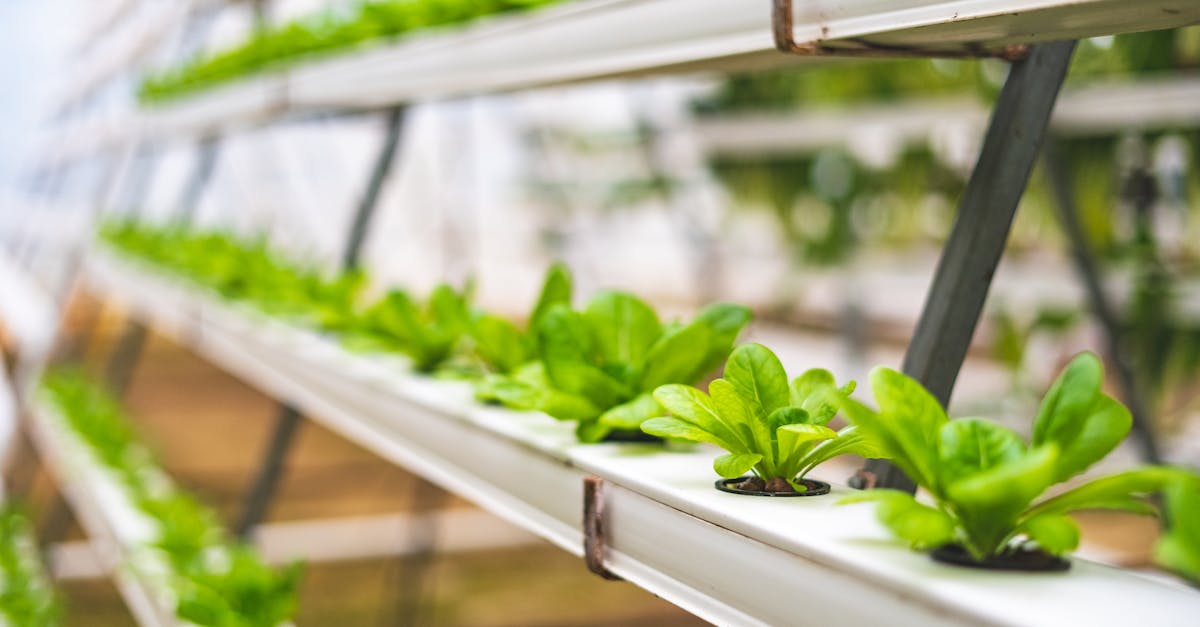Curious about semi hydroponics vs hydroponics? We’ve got you covered.
In this text, we’ll jump into the world of soilless gardening and investigate the key differences between these two popular cultivation methods.
Whether you’re a seasoned hydroponics enthusiast or just starting your journey into indoor gardening, understanding the nuances between semi hydroponics and traditional hydroponics is important.
Let’s examine the mysteries and benefits of each system to help you make an well-informed choice for your growing needs.
Stick with us as we break down the pros and cons of semi hydroponics and hydroponics, shedding light on which method might be the right fit for you.
Key Takeaways
- Semi hydroponics uses a mix of soil and water, while hydroponics relies solely on a water-based solution without soil.
- Nutrients in semi hydroponics come from both soil and water, whereas hydroponics delivers nutrients directly through the water solution.
- Semi hydroponics requires more attention due to soil presence, while hydroponics typically has lower maintenance needs as it’s soilless.
- Soil in semi hydroponics can impact oxygen levels, whereas hydroponics provides consistent oxygen levels to roots.
- Pros of semi hydroponics include easier nutrient management and potential cost savings, while cons include higher maintenance and limited versatility.
- Pros of hydroponics include efficient nutrient absorption and reduced risk of pests, while cons include initial setup costs and the need for regular monitoring.

Semi Hydroponics Explained
Let’s jump into semi hydroponics. It’s a method that uses a passive hydroponic technique, where plants are grown in containers filled with an inert medium like clay pebbles or perlite. These media help provide support to the roots while allowing them access to nutrient-rich water.
In this set-up, the roots grow into the medium, absorbing the necessary water and nutrients. A wick system is often used to passively supply moisture to the growing medium from a reservoir below, eliminating the need for complex watering schedules.
For more details on semi hydroponics, you can check out this in-depth guide from experts in the field.
Hydroponics Overview
Hydroponics is a soilless method of plant cultivation where nutrients are directly provided to the roots through a water-based solution. Unlike traditional soil gardening, hydroponic systems offer controlled environments that maximize plant growth. With the absence of soil, the risk of pests and diseases is reduced, leading to healthier crops.
In hydroponics, plants are typically grown in water-based solutions rich in important nutrients. This method allows for quicker absorption of nutrients by the plants, promoting faster and healthier growth compared to soil-based cultivation. To study deeper into the world of hydroponics, you can refer to this full guide on hydroponic gardening.
Feel free to investigate the diverse techniques and systems within hydroponics to understand the endless possibilities this innovative method offers.

Key Differences Between Semi Hydroponics and Hydroponics
When comparing semi hydroponics and hydroponics, it’s important to understand their distinctions. Here are the key differences:
- Growing Medium:
- Semi Hydroponics: Uses a mix of soil and water.
- Hydroponics: Relies solely on a water-based solution without soil.
- Nutrient Delivery:
- Semi Hydroponics: Nutrients come from both soil and water.
- Hydroponics: Nutrients are delivered directly through the water solution.
- Maintenance:
- Semi Hydroponics: Requires more attention due to soil presence.
- Hydroponics: Typically has lower maintenance needs as it’s soilless.
- Oxygen Levels:
- Semi Hydroponics: Soil can impact oxygen levels.
- Hydroponics: Provides consistent oxygen levels to roots.
To investigate further, visit 1 and 2.
Pros and Cons of Semi Hydroponics
When it comes to semi hydroponics, there are aspects to consider. Let’s break down the pros and cons:
- Pros:
- Easier nutrient management
- Potential cost savings on equipment
- Allows some flexibility with the use of soil
- Can mimic traditional gardening methods
- Works well for certain plant varieties
- Cons:
- Increased attention needed due to soil presence
- Higher risk of over or under watering
- Possible soil-related issues affecting plant health
- More labor-intensive compared to traditional hydroponics systems
- Limited versatility for certain plant types
For more in-depth insights on semi hydroponics, check out 1 and 2.

Pros and Cons of Hydroponics
When it comes to hydroponics, there’s a lot to consider. Let’s break down the pros and cons:
- Advantages:
- Efficient nutrient absorption means faster plant growth.
- Water-saving compared to traditional soil gardening.
- Ideal for urban settings lacking garden space.
- Reduced risk of pests and diseases.
- Suitable for a wide range of plant varieties.
- Disadvantages:
- Initial setup costs can be higher.
- Requires regular monitoring of pH and nutrient levels.
- Power outages can affect plant health.
- Potential for system failure if not properly maintained.
For more detailed insights on hydroponics, check out 1 and 2.
